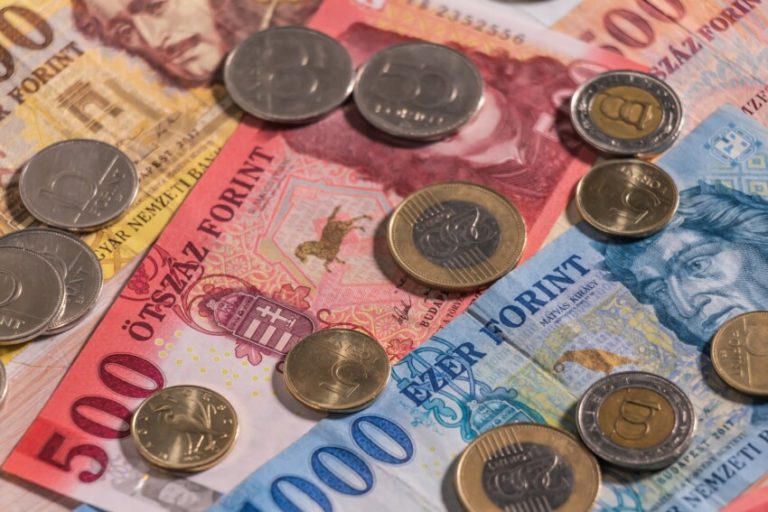The history of Budapest, as the heart of Hungary, is intrinsically linked to the evolution of its currency. Since medieval times, the region we know today as Budapest has been a centre of power and economic activity, which naturally made it a focal point for the minting of coins and the development of monetary systems in the country. Historical records mention the existence of forints minted under the reigns of Louis I of Hungary (1342-1382) and Matthias Corvinus (1458-1490), figures whose courts and governments had a significant influence in shaping modern Hungary, with Buda as a major centre. The Hungarian monetary system underwent a radical transformation after World War II. The massive hyperinflation of the pengő in 1945-46, considered the highest ever recorded, devastated the country’s economy. In response to this crisis, the Hungarian forint was introduced on 1 August 1946 as a crucial measure to stabilise the economy. The…
Tag

